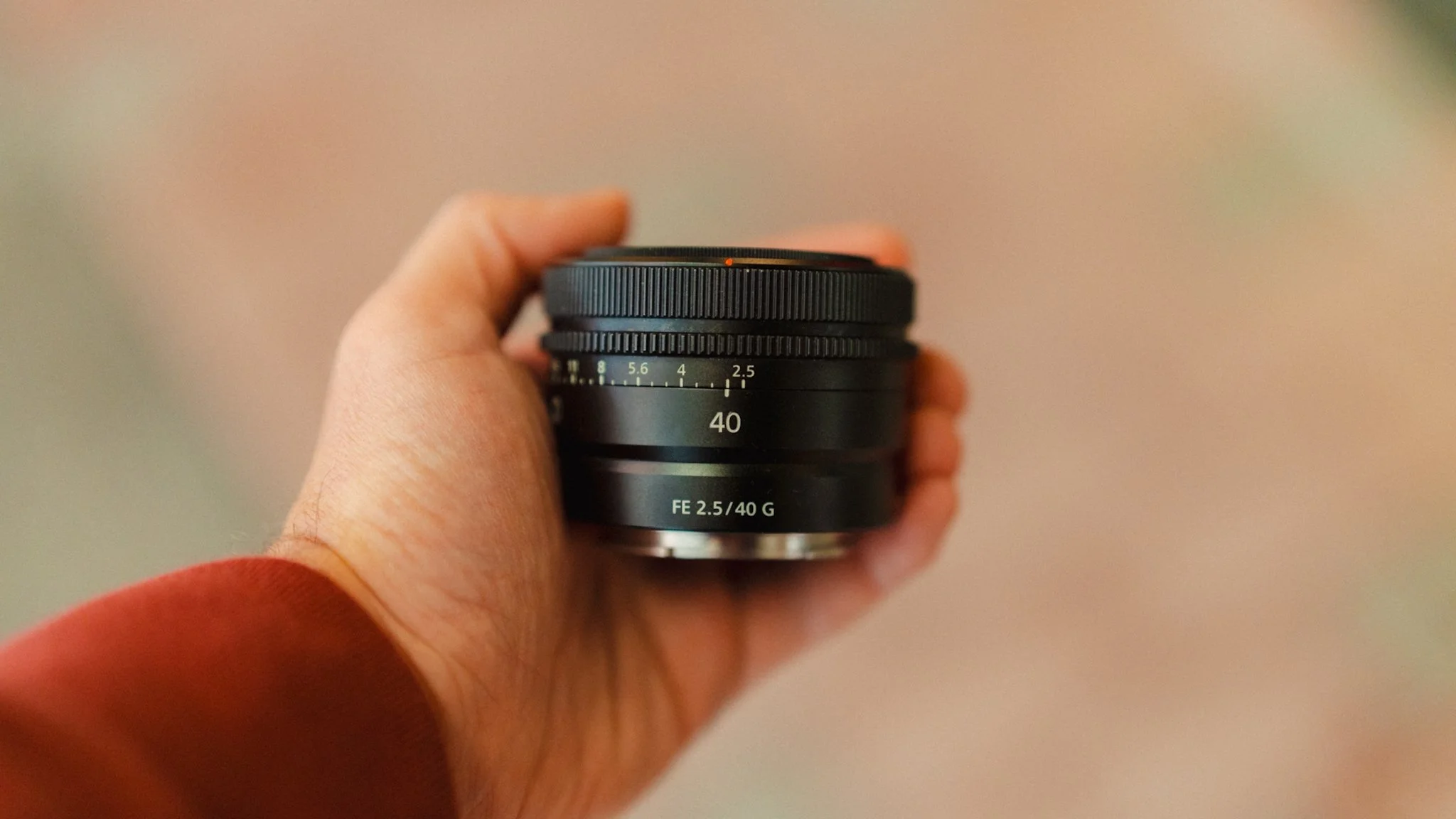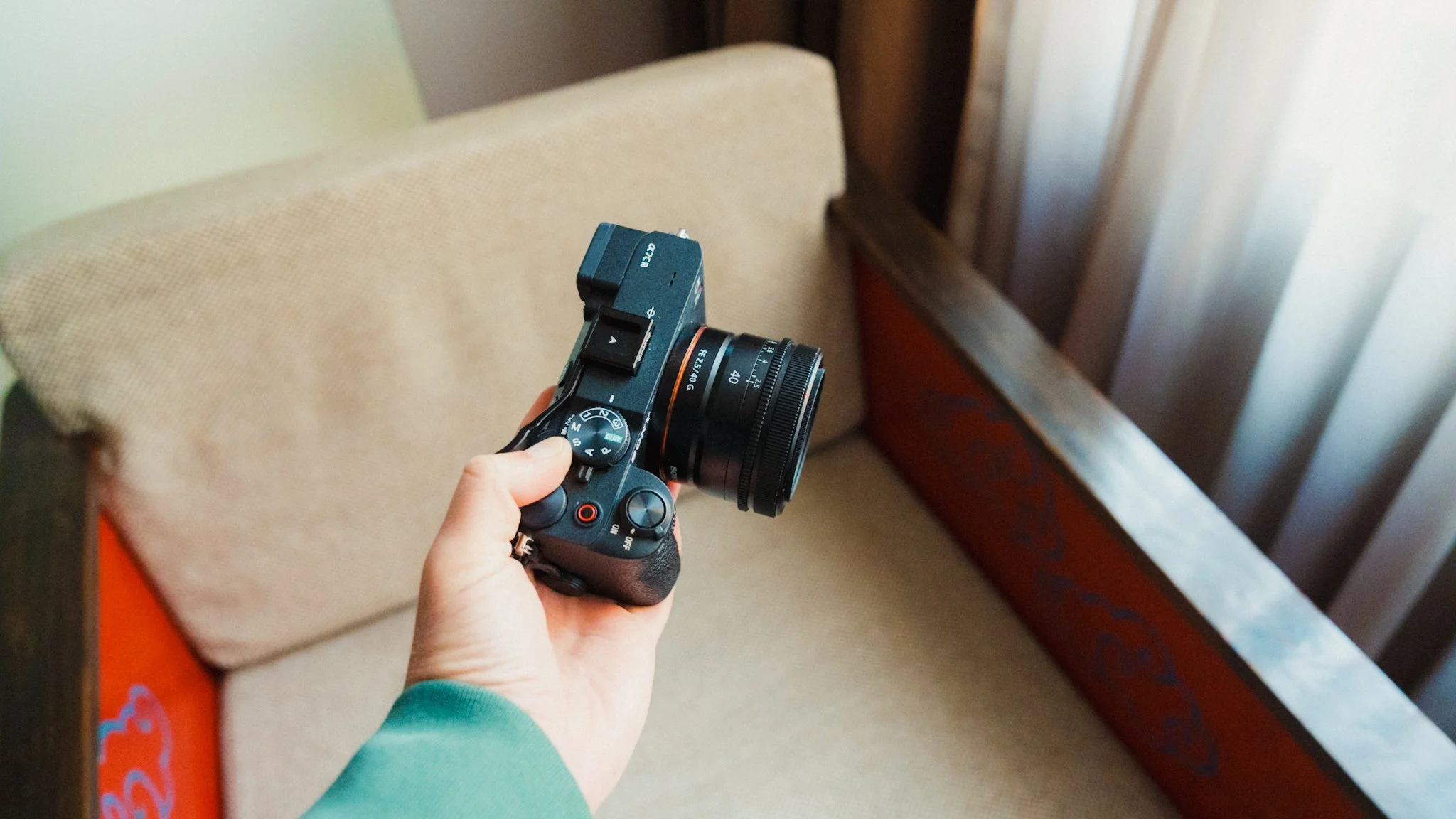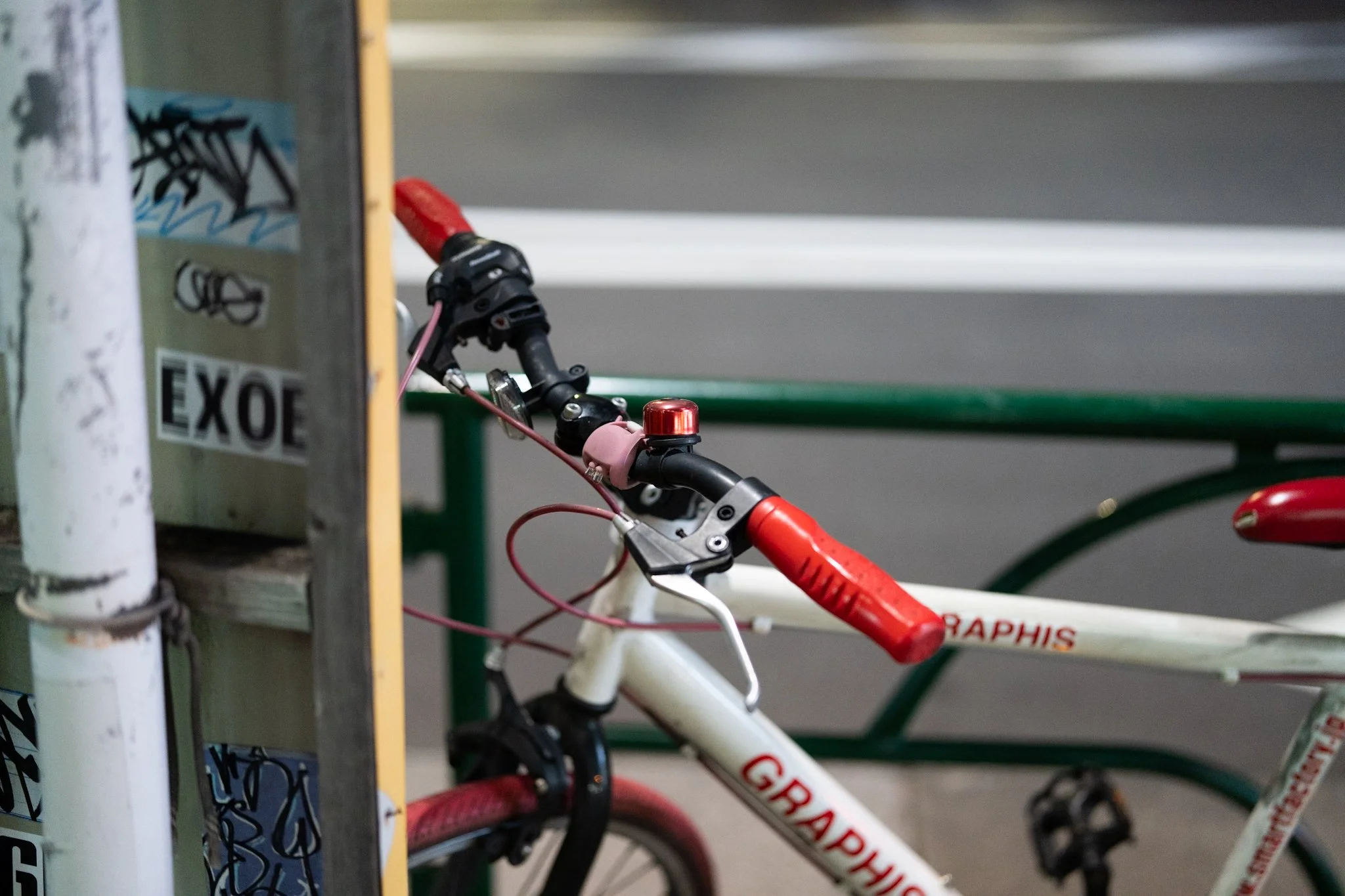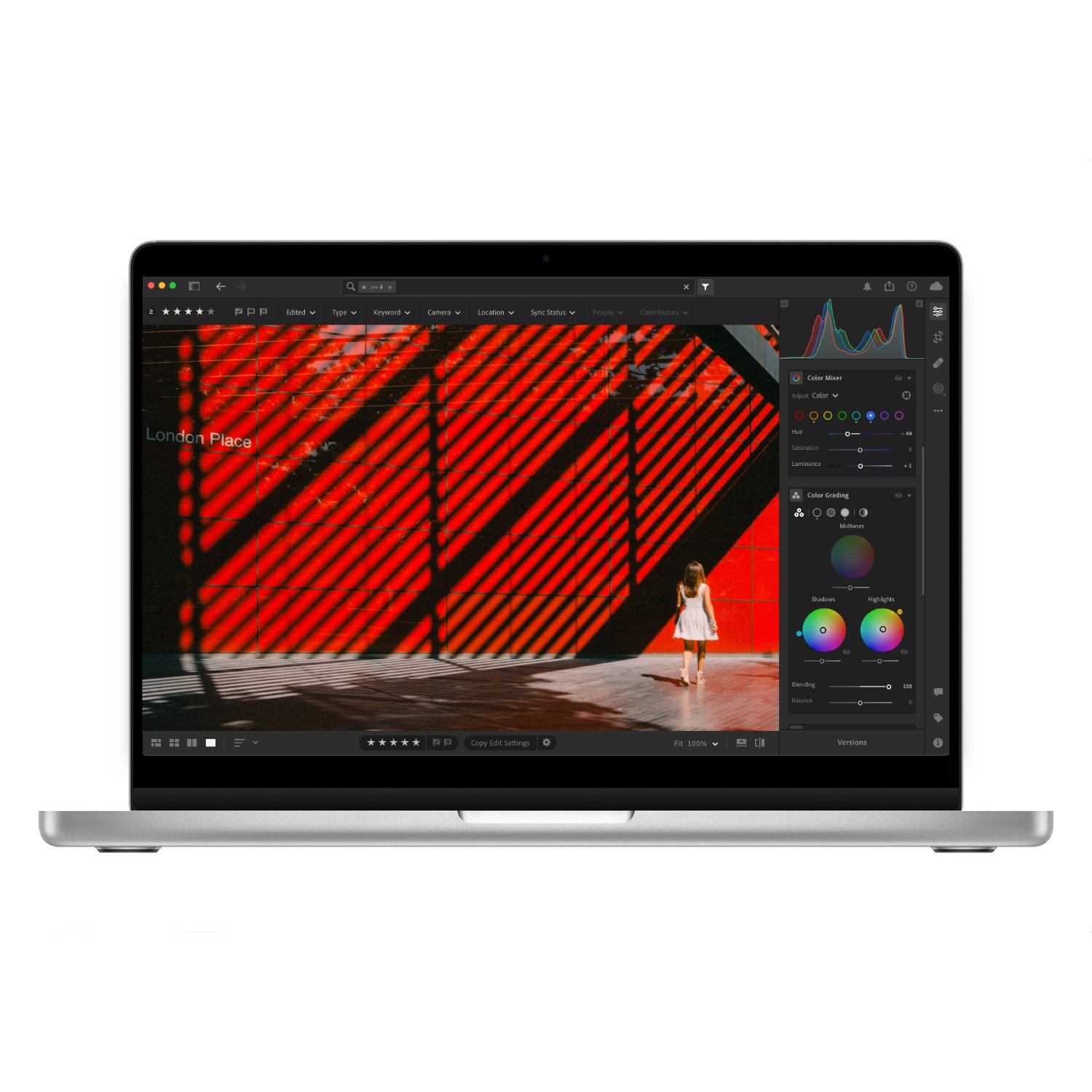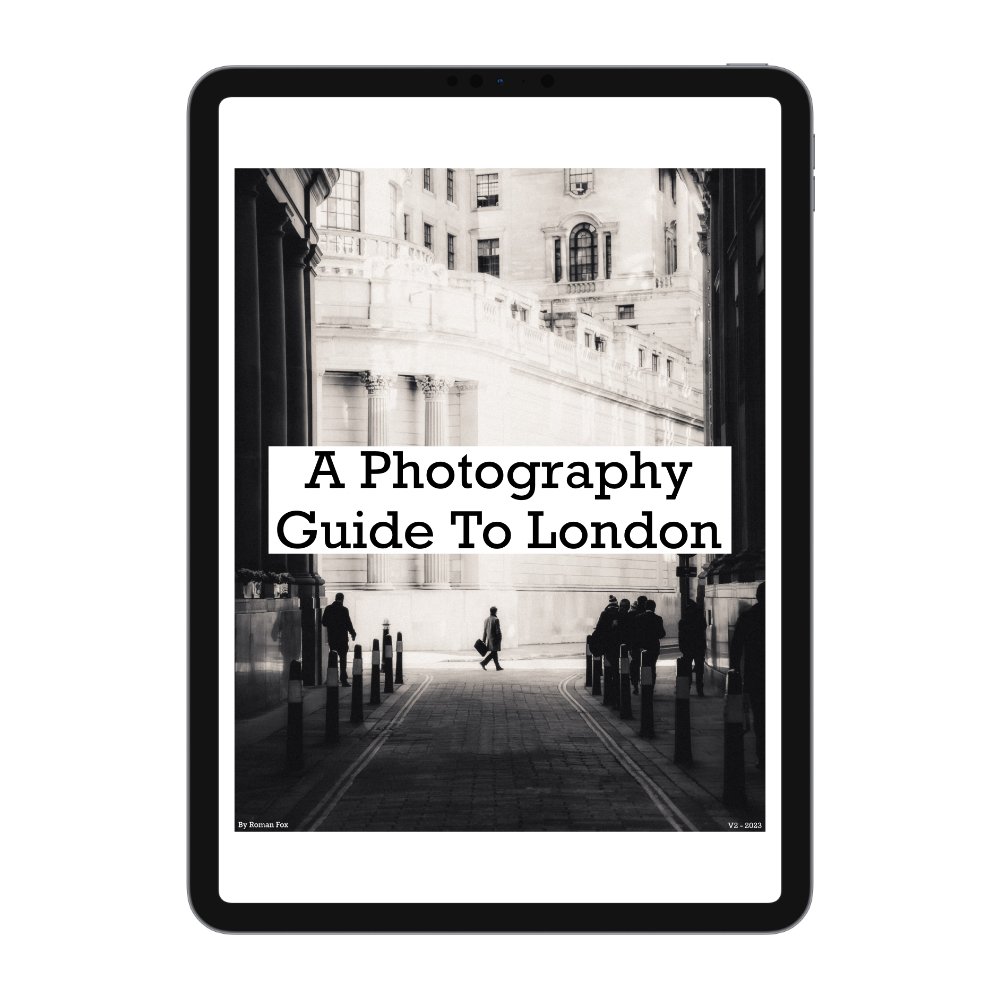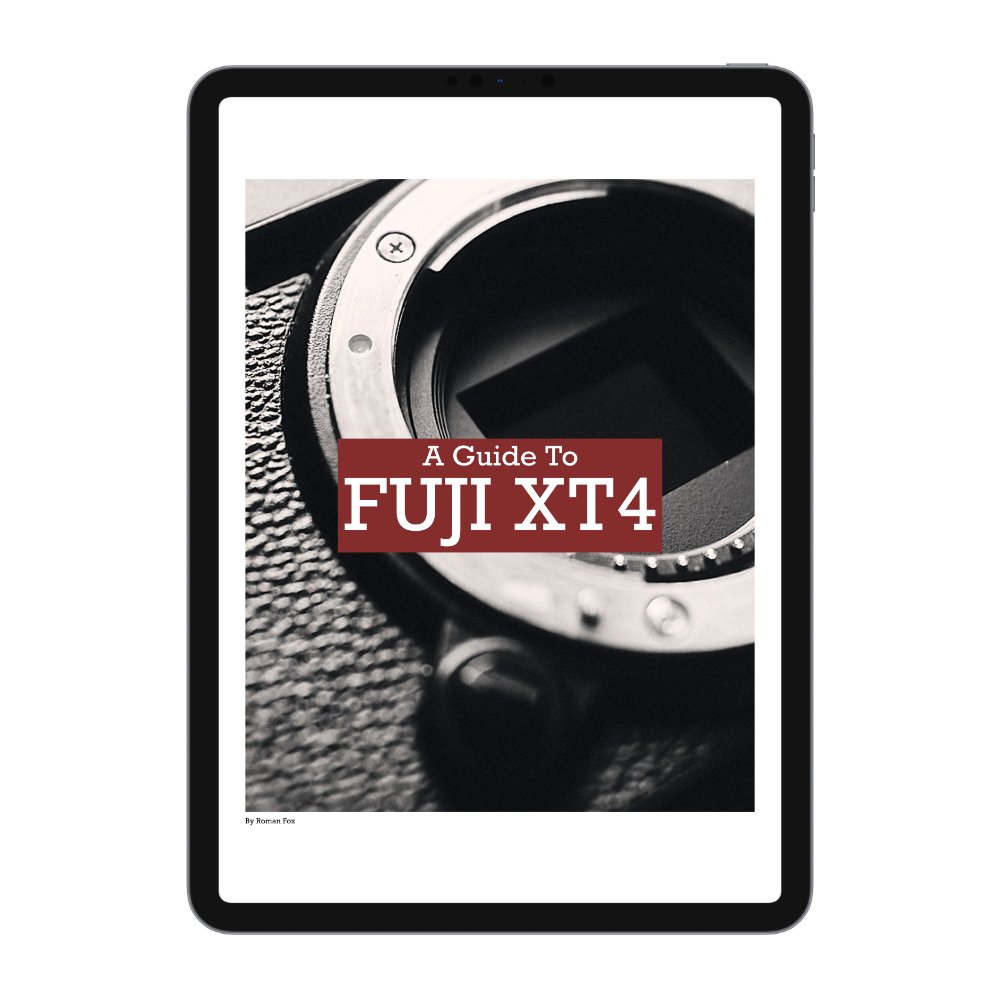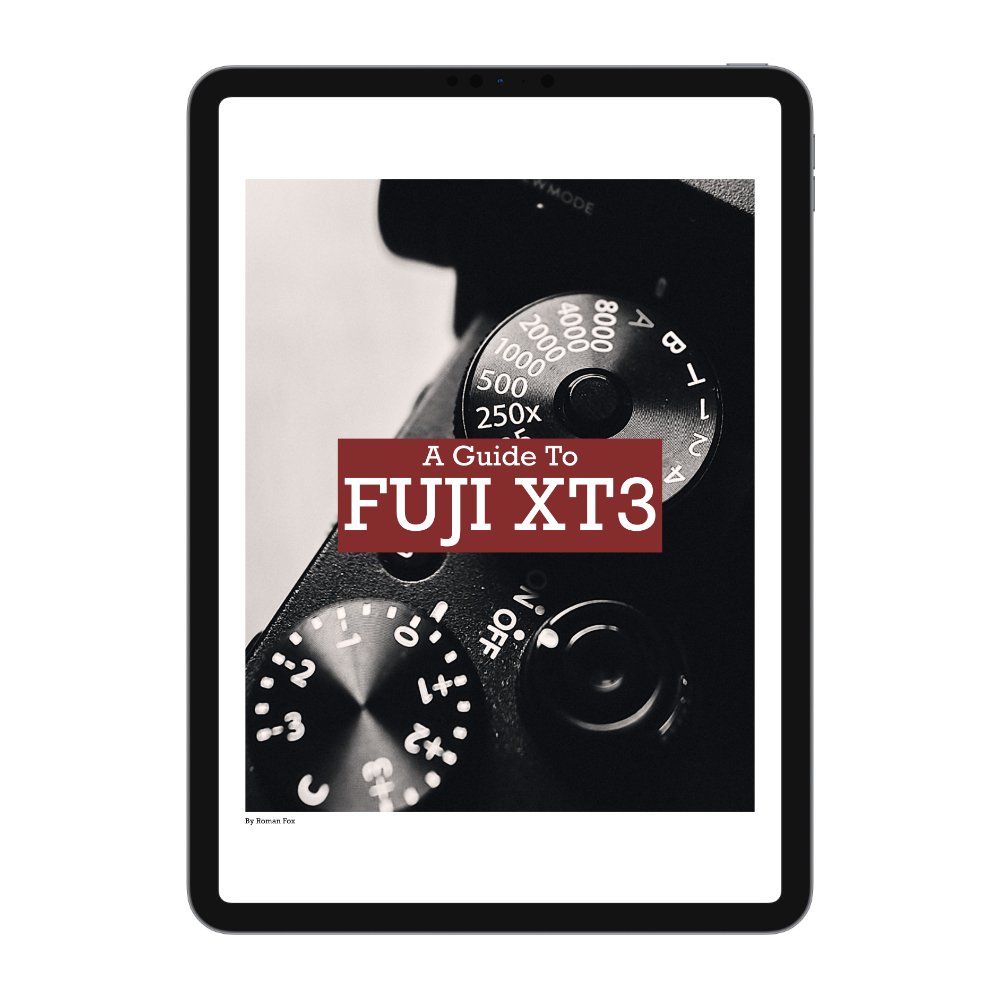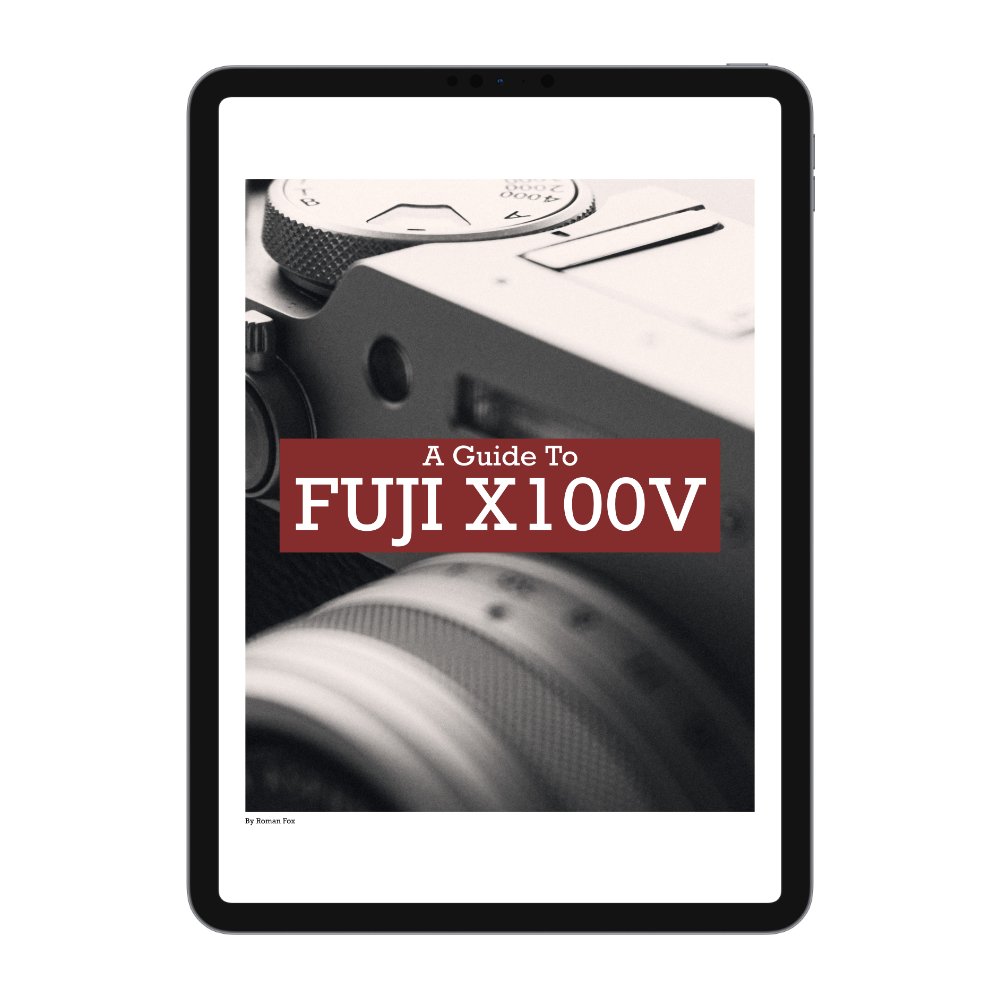Pointless Fast Expensive Primes
In this blog we will look into whether spending nearly three times as much on a lens is worth it. Is it a legitimate upgrade, a downgrade, or a totally different tool for a different purpose?
What’s a Fast Prime?
A fast prime will typically be f/1.8 or lower. Some can even go down to f/1, however most are around f/1.4. While there are outliers, most of these lenses will on average be more expensive, bigger, heavier, have better image quality, and come with more features. Slower primes will usually start at f/2 and can go up to f/2.8. While there are exceptions, on average they will be the opposite of the fast prime qualities I just mentioned.
What Lenses Will I Test?
While there are many focal lengths and options, it’s fair to assume that the 35–50mm range is the most popular. With that in mind, I will use my Sony FE 50mm f/1.4 GM and compare it to the Sony FE 40mm f/2.5 G. Sony actually makes a 50mm version of the smaller lens, however 40mm is close enough and I don’t want to buy another lens for the sake of this blog. Other than the extra 10mm in reach, these lenses are identical.
Sony FE 50mm f/1.4 GM
£1,500
516g
80 × 96 mm
Sony FE 40mm f/2.5 G
£629
173g
68 × 45 mm
Size & Weight
This will be the most straightforward and quick section. There is no comparison between the two types of lenses. One can fit in your pocket, while the other might not even fit into a sling. One f/1.4 lens can weigh as much as three slower primes. One can be used with smaller bodies, while the other is a pain in the arse regardless of camera size. When shooting with the f/2.5 lens, I can comfortably have it on a strap around my shoulder all day and not feel any discomfort. Contrast that with the bigger f/1.4 lens, and that becomes a pain after only a few hours. The size and weight difference fundamentally change your relationship with the camera. With the f/1.4, you’re always aware that you have a big and heavy camera with you. With the f/2.5, it blends in and you easily forget you’re carrying a camera. For me this is a huge deciding factor, and for this reason I use the smaller pancake lens 90% of the time.
Cost
This is another elephant in the room that will be a major deciding factor for most buyers. An £871 difference is hard to ignore. For that money you can pick up the Sony FE 24mm f/2.8 G and still have cash left over to pay for a few days shooting in your local town.
Features
Aside from the obvious, you will usually find extra features on these premium lenses that greatly improve how you use them. The Sony lenses have custom function buttons that can be programmed via the camera. They also have the ability to de-click the aperture ring for smoother video operation. While the f/2.5 Sony lenses also come with these features, this is an exception and not the norm. Most slower primes would not include all these extras. If we compared the two lenses directly, the f/1.4 has two custom buttons and an aperture ring lock feature. Finally, most fast primes will come with full weather sealing, and while the smaller Sony primes also come sealed, most lenses in this group will have very limited to no weather sealing. For some people this isn’t important; for others it’s a must-have feature.
Autofocus
When it comes to AF performance, there are two key factors to take into account. Typically, more expensive primes will have much better AF motors and systems. They will usually have some kind of linear motor which is silent, fast, and accurate, while slower primes on average will have simpler motors without these characteristics. This will impact performance regardless of whether you’re shooting in low light or in the midday sun.
The second factor is that faster lenses tend to be better at focusing in lower light because they physically allow more light in, which in turn helps the camera determine where to focus with greater ease. As light levels fade, cameras have a harder time finding contrast within the scene to focus on, resulting in noticeably slower focusing times. With the two Sony lenses, I can’t really tell any difference in performance when shooting during the day with great light. However, the moment light levels fade, the difference is clear. The 50mm is far ahead when it comes to focusing speed.
Daytime Performance
When shooting during the day, you won’t notice a big difference since you’ll most likely be using higher aperture values of f/4 and above. While the f/1.4 will appear sharper when testing in controlled environments and analysing at 200%, in real-world scenarios there won’t be a huge difference. Below are some examples.
Original shot
f2.5 Lens @ f2.8
f1.4 Lens @ f2.8
Low Light Performance
This is where the differences become more apparent. If shooting in a well-lit environment such as Tokyo, the difference between f/1.4 and f/2.5 might not be as impactful, especially on full-frame sensors that excel in low light. However, as light levels fade, you’ll start to see your ISO creeping up to five figures and noise becoming more noticeable. You’ll then need to figure out if you’d rather deal with the noise or reduce shutter speeds to levels where motion blur becomes a risk. With that said, you can easily shoot with slower lenses at night; you might just have to deal with higher ISO, slower shutter speeds, or find well-lit parts of town. Below are some examples.
Original Photo
f2.5 Lens @ f2.5
f1.4 Lens @ f1.4
Original Photo
f1.4 Lens @ f1.4
f2.5 Lens @ f2.5
Are Expensive Primes Worth It?
Now for the main question: are fast primes worth it? Well, as with anything in life, it depends. If you shoot mostly at night, do freelance photography, or need the most technically perfect lens, then yes, they are. If you do a lot of portraiture or client work where out-of-focus elements are desired, then a faster prime is essential. If you plan to shoot commercial work where technical image quality is of most importance, then using the more premium lens would be wise.
On the other hand, if you travel frequently, shoot for yourself, and don’t often shoot at night, then the slower primes will be a much better choice. Matter of fact, the faster primes will probably hold you back. There’s nothing more irritating than big, bulky gear, and while it’s easy to accept that drawback when that gear is essential for the job, it’s a much harder pill to swallow when a smaller, lighter, and cheaper lens can do the same job.
Do I think expensive primes are worth it? For 90% of people, they are not. While I love my f/1.4 lens, I don’t enjoy using it as much as the pancake, and I only use it when I specifically need the low light performance, background blur, or image quality. If I used it for day-to-day photography or travel, it would hold me back and get on my nerves. The slower prime is my daily companion; the faster prime is a niche tool.



